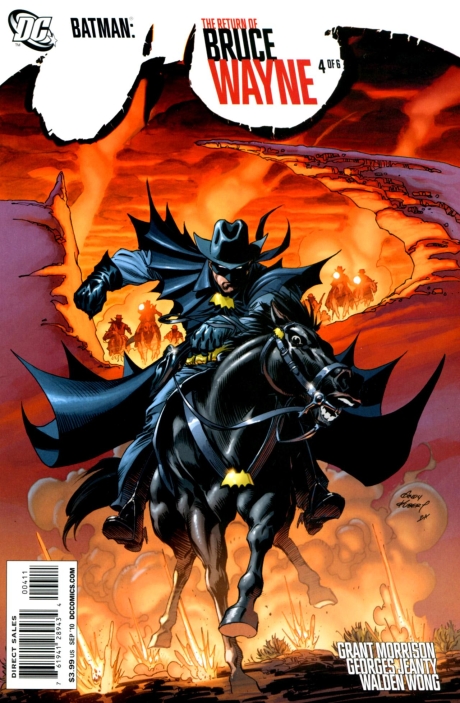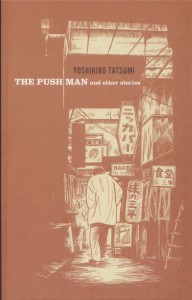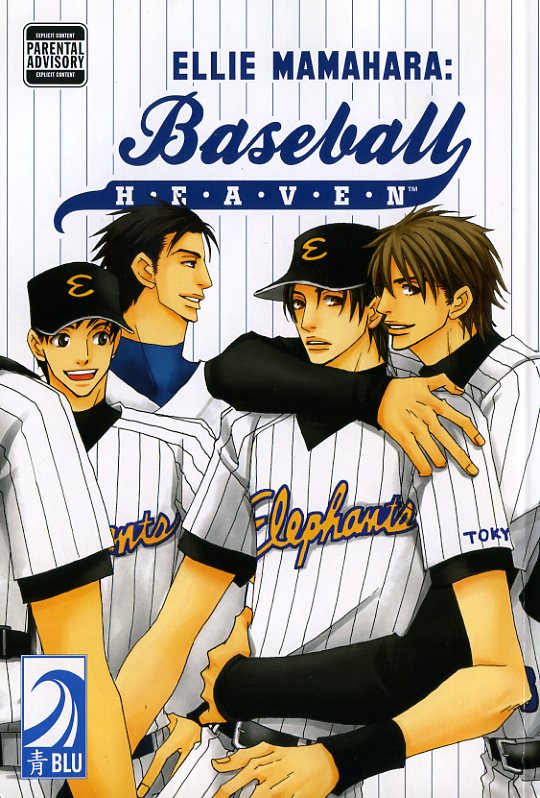This essay first appeared on Splice Today.
_____________________________________
In D. H. Lawrence’s short story, “The Border Line,” Katherine Farquhar travels back to her native town on the French/German border while musing about her manly and unyielding ex-husband Alan, who died in the war. At the beginning of her journey she thinks of Philip, her second, insistently yielding husband as a better catch, since Alan was “too proud and unforgiving.” But over the course of the trip she begins to wonder…and finally at a train stop along the way Alan’s spirit comes to her and claims her. She swoons before him and becomes a true woman to his true man:
Now she knew it, and she submitted. Now that she was walking with a man who came from the halls of death, to her, for her relief. The strong, silent kindliness of him towards her, even now, was able to wipe out the ashy, nervous horror of the world from her body.
Soon Katherine learns to despise Philip, sneering at him as she looks to catch glimpses of her spirit lover and/or of various phallic symbols that Lawrence thoughtfully places in her way. For example, there’s the
great round fir-trunk that stood so alive and potent, so physical, bristling all its vast drooping greenness above the snow. She could feel him, Alan, in the trees’ potent presence. She wanted to go and press herself against the trunk.
Inevitably, beside such hard, straight thrusting, Philip’s potency flags. He becomes whiny, then ill, and then mortally ill. On his deathbed, he reaches out to Katherine, but Alan’s spirit comes in, his bits swinging beneath a kilt. He pulls Katherine away as Philip ignominiously expires. Then the true man makes necrolove to her “in the silent passion of a husband come back from a very long journey.”
_____________________
Grant Morrison’s Batman: The Return of Bruce Wayne also revolves around death, journeys, and mastery. Batman/Bruce Wayne is killed, but not really killed; instead he’s sent back in time. Robbed of his memory, he has to travel through the ages to his own era — except that the villainous Darkseid has rigged things so that when Batman gets back to the present the world will end. The superhero’s return from death is an event of such supreme awesomeness that it causes the apocalypse — except, of course (spoiler!) Batman figures out a way to save the world. Phew!

art by Andy Kubert
Continue reading →




